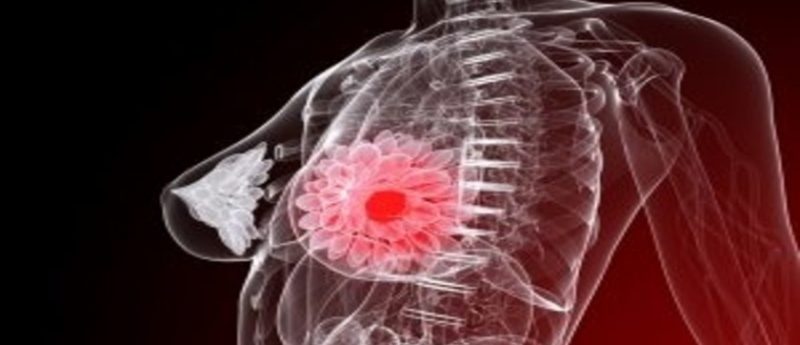Real-time 3D breast cancer screening could be a possibility with new optical scanner

A hand-held optical scanner has been developed that may enable breast cancer imaging in real time. The scanner was largely developed by researchers at Florida International University (FL, USA), and utilizes a near-infrared laser diode source in the production of the breast tissue image.
One of the main advantages the device offers is that it is more adaptable to both breast density and shape; it also enables imaging of the chest wall regions, which are more difficult to image with conventional techniques. The full results were recently published in Biomedical Physics & Engineering Express.
“The women scanned always commented on how comfortable it was to be scanned by our device – many of them said that they didn’t feel anything”, commented Sarah Erickson-Bhatt (Florida International University), one of the paper’s authors.
The scanner maps optical absorption to build the image of the breast tissue – optical absorption is altered by hemoglobin concentration, and areas with higher hemoglobin concentrations may signify increased blood flow due to an abnormality such as a tumor.
There are many benefits of this type of optical analysis over mammography – there is no need for ionizing radiation and there are fewer complications when trying to image dense tissues.
“Eventually, we hope that physicians will be able to use this for real-time imaging of breast tissues as part of regular visits by the patients” explained Anu Godavarty, another author of the paper from Florida International University. “We’re currently working on the mathematical tools required to process the images and produce 3D tomographic images, in order to determine tumor size and depth.”
The researchers are now carrying out extensive work to prove the capability of the scanner to pre-screen for breast abnormalities, and the researchers will then require US FDA approval prior to use of the device in the clinic.
Source: IOP Publishing press release





